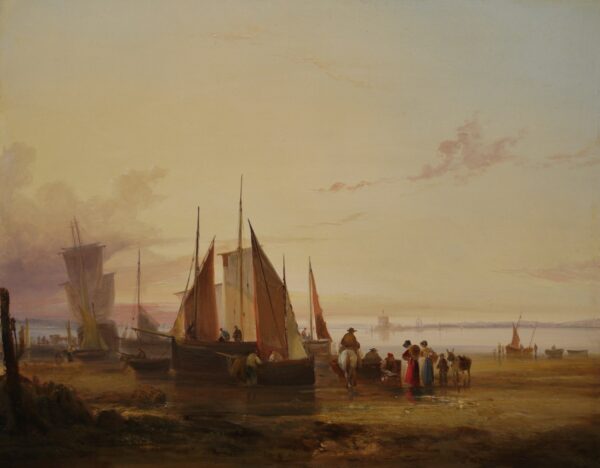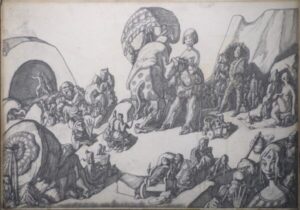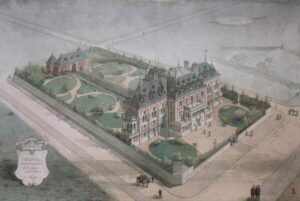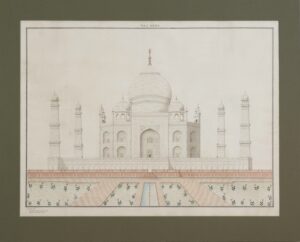Shayer, William (1787-1879)
William Shayer first earned his living in Southampton painting decorations on rush bottom chairs, then set off for Guildford where he settled himself as a carriage painter. His representations of heraldry soon came to be known through all of South England, and he was chosen to create the prestigious funerary badge of the fourth Duke of Richmond. In 1814, Shayer was commissioned to chalk a design on the floor for a ball held by the officers of the Queen’s Royal Regiment to celebrate the overthrow of Napoleon Bonaparte and the restoration of the Bourbons. While continuing his work of heraldic painting, Shayer devoted his free time to landscape painting. He was an extremely versatile artist, and employed his skills as a scenepainter for theatrical productions, as a copyist, and as a painter of signs for inns and other establishments. Shayer experienced a period of financial difficulty, when after the death of his wife Sarah, he was left to support and care for five children. Shortly after her death, he married a woman named Elizabeth, with whom he produced five more children, increasing his family to a most overwhelming number. In 1827, the artist’s financial situation began to improve, with the opening of the Hampshire Picture Gallery. During the first season, when three separate exhibitions were held, thirty paintings were sold, and the most popular works with the buyers proved to be those by William Shayer. Shayer settled himself in Bladon Lodge, close to Southampton, in 1843, declining the offer of his peers to go to London. Bladon Lodge was an area renowned for the beauty of its skies. With John Frederick Herring and Thomas Sidney Cooper, William Shayer gave his letters of nobility to the English landscape of the 19th century. Shayer would paint genre scenes, guards, hunts, Bohemians, and shepherds. The skill Shayer acquired in the lesser genres provided him with a thorough technical grounding that proved of use to him in his now chosen profession of landscape art. His career was helped considerably by the patronage of Michael Hoy, a popular and wealthy Southampton merchant.



